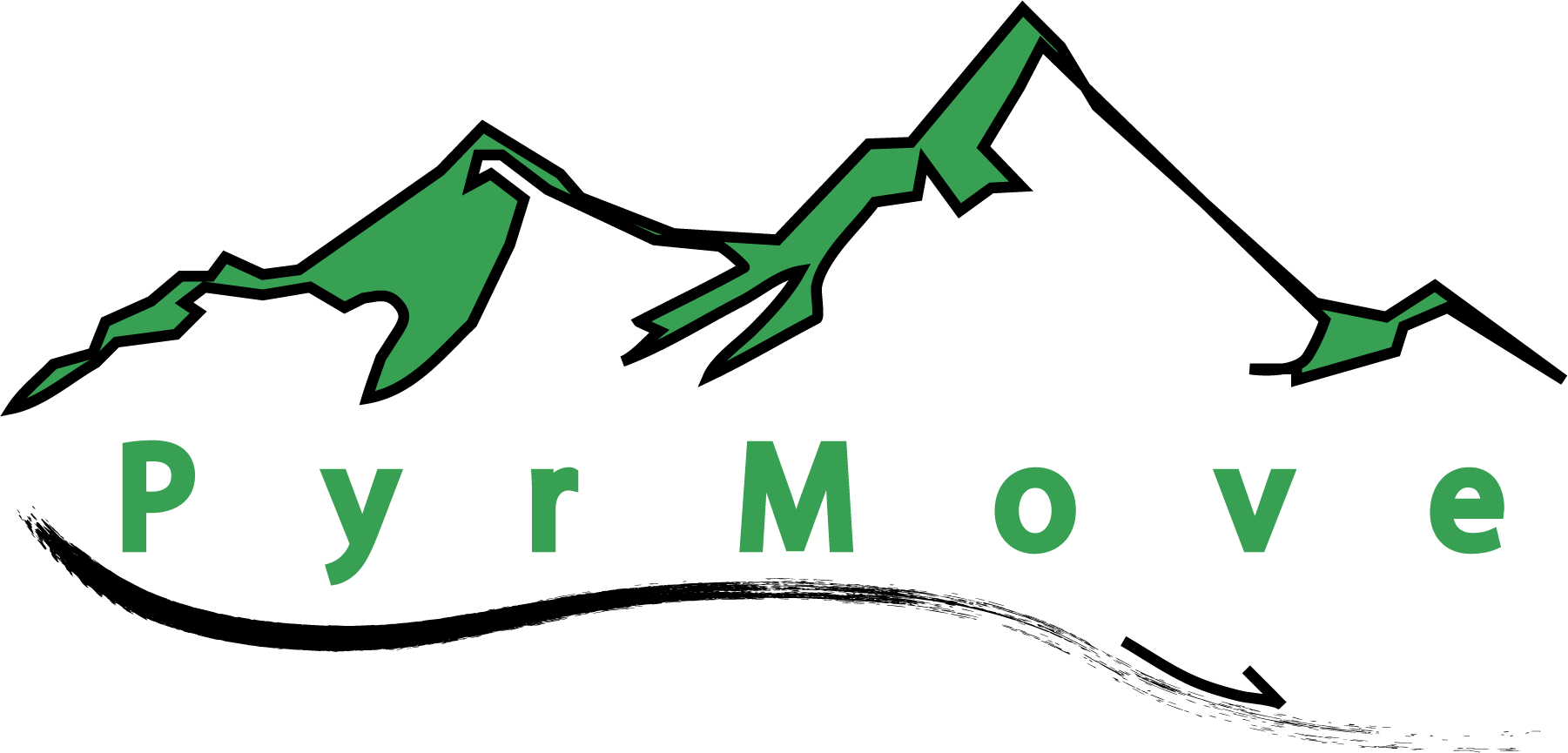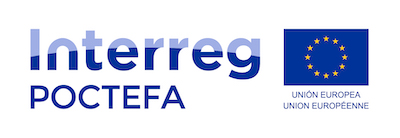PyrMove contribution in landslide risk management in the Pyrenees
PyrMove contributes to landslide risk management in the Pyrenees through two main activities:
1. Risk reduction in specific areas with current landslide problems
Including:
- Landslide characterization and analysis (Action 4.1)
Geological / geotechnical studies of the different pilot sites will be carried out including: (i) collection of existing information; (ii) in-situ geological and geotechnical characterization; (iii) displacement monitoring (inclinometeres, DInSAR, differential GPS, GNSS-R reflecometry) and groundwater level determination and (iv) analysis of stability conditions using basic (limit equilibrium and slice methods) and advanced methods (finite elements and material point methods).
- Implementation of surveillance and alert systems (Action 4.2)
Remote systems will be implemented to alert of possible landslide accelerations in real time. Surveillance and alert systems will provide local authorities, regional civil protection and other stakeholders with tools to recognize the imminent occurrence of major instabilities with high damaging potential in people, properties and economic activities.
- Raise awareness within authorities and population about risk of landslides (Action 3)
The technical information of actions 4 and 5 will be synthesized to be appropriated by the management actors of risk and crisis, as well as by the population. As a result, the population of the study areas will be less exposed to the risks associated with landslides.
2. Improvement of the capacity of anticipation and response of territory managers to the specific risks of natural disasters and to its management.
Including:
- Development of tools for risk quantification, forecasting and management (Action 5)
A simulator of MORLEs crisis will be developed. The software, associated with a georeferenced database, will allow to assess the occurrence of MORLEs in susceptible areas exposed to the action of heavy rains. The simulator will be validated based on real events at the pilot sites considered and will be later applied to other areas and / or future climate scenarios. The simulator will also be included in the toolbox of the geographic information systems of the different geological services involved in the project. They will carry out the maintenance of the simulator after the end of the project and will continue simulating crisis scenarios.

